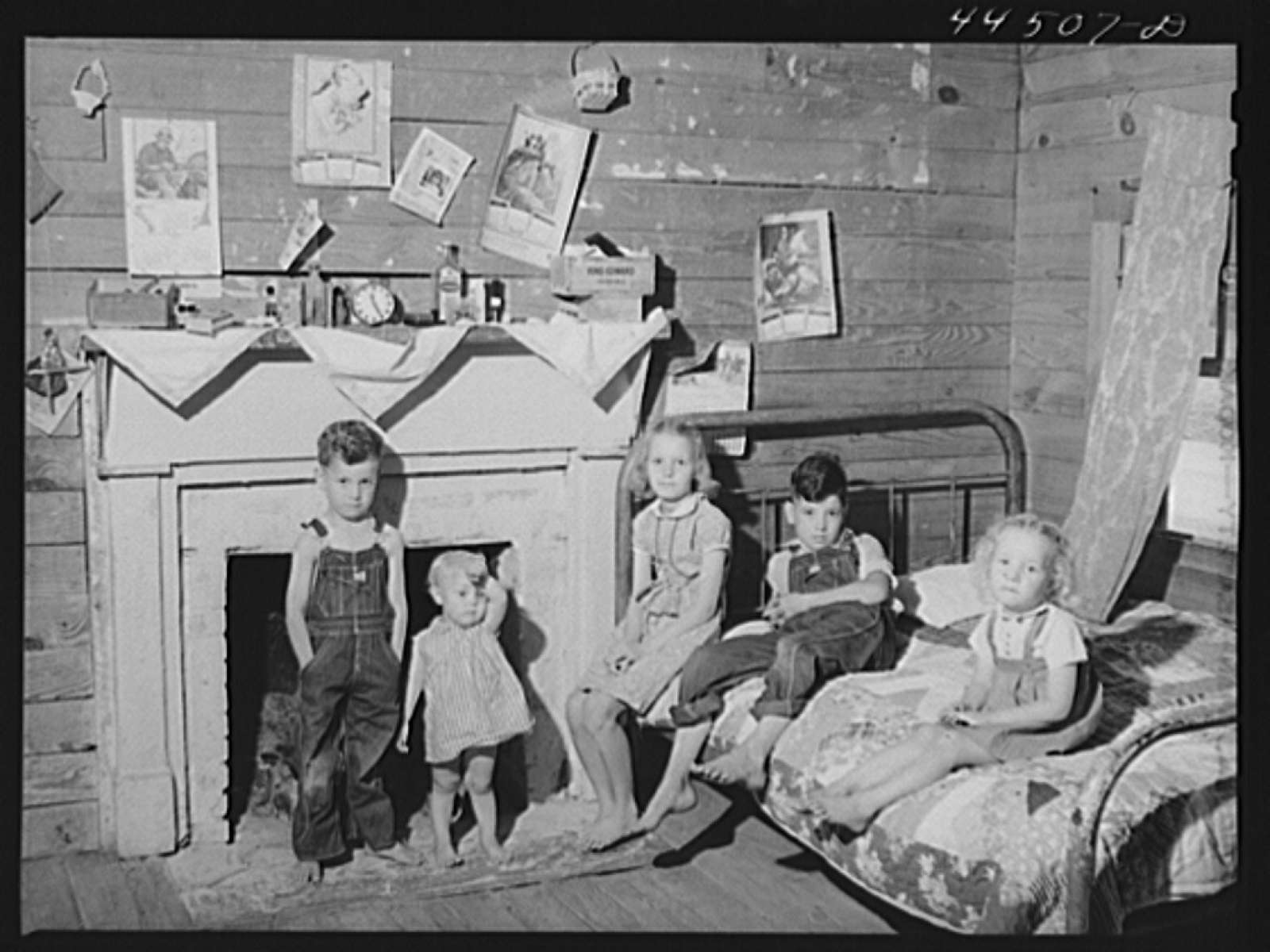Crossroads: Change in Rural America
#RuralCrossroads
In 1900, about 40% of Americans lived in rural areas, By 2010, less than 18% of the U.S. population lived in rural areas. In just over a century, massive economic and social changes led to massive growth of America's urban areas. Yet, less than 10% of the U.S. landmass is considered urban.
Many Americans assume that rural communities are endangered and hanging on by a thread—suffering from outmigration, ailing schools, and overused land. But that perception is far from true in many areas. Many rural Americans work hard to sustain their communities. Why should revitalizing the rural places left behind matter to those who remain, those who left, and those who will come in the future? All Americans benefit from rural America's successes. We can learn great things from listening to those stories. There is much more to the story of rural America!
Crossroads: Change in Rural America offers small towns a chance to look at their own paths to highlight the changes that affected their fortunes over the past century. The exhibition will prompt discussions about what happened when America’s rural population became a minority of the country’s population and the ripple effects that occurred.
Despite the massive economic and demographic impacts brought on by these changes, America’s small towns continue to creatively focus on new opportunities for growth and development. Economic innovation and a focus on the cultural facets that make small towns unique, comfortable, and desirable have helped many communities create their own renaissance. The future is bright for much of rural America as small towns embrace the notion that their citizens and their cultural uniqueness are important assets.
Read MoreCrossroads: Change in Rural AmericaTour Schedule
No Current or Upcoming Events
Future Host States
Coming in 2023 to Alabama, Colorado, Mississippi, Missouri, and Utah
Coming in 2024 to New Hampshire, Texas, and Vermont
This exhibition covers many themes, including:
Rural identity—so deeply rooted in the land—has profoundly shaped American identity. Family farms, country roads, and small-town Main Streets are both real and imagined places; they are crossroads of competing visions of rural life. What is your perception of rural America?
Rural America’s prime attraction has always been land—locations to build homes, farms, businesses, communities, and to build a sense of worth. Americans link the reality of land ownership with the ideal of independence. Private land symbolizes political influence and contribution to the local economy. A sense of place exerts a powerful, almost spiritual, hold on many rural people. Even if they leave, it draws them back, sometimes to stay. It has inspired many to work and advocate for preservation of natural lands so that others can experience their wonders.
A sense of community first began to form at rural crossroads where lives intersected and common interests merged. Rural people exchanged ideas, worked toward common goals, and built toward a common future. They built powerful, dynamic communities. But events of the 20th century changed the conditions so favorable for crossroads communities: some failed, some diminished, some found new ways to thrive.
Rural Americans believe in their communities. They work to find solutions to problems rather than abandoning the places where they live. But every community is different. And, challenges are unique in each community. To meet them, rural people have organized locally and partnered with special interest groups and state and federal agencies dedicated to rural issues. They develop strategies that fit their communities. The attractions of a country life are strong, inspiring the people to persist.
What happens in rural America matters to all of America.
Rural America is still the primary source for our nation’s food, fuel, fiber, and many critical natural resources. It is home to some of our most treasured landscapes, to thousands of species of wildlife, and ecosystems upon which all life depends. It is important for the people who live in and care for these places to survive and thrive.
All Americans who have a stake in the success of rural America will play an important role in shaping its future. Change, good or bad, is inevitable. Managing that change is crucial.
Looking for Exhibition Resources?
Visit our Resource Center for Exhibition Guides, Lesson Plans, Scavenger Hunts, Reading Lists, Docent Handbooks, Free Posters, and more!
View Resources for This Exhibition




